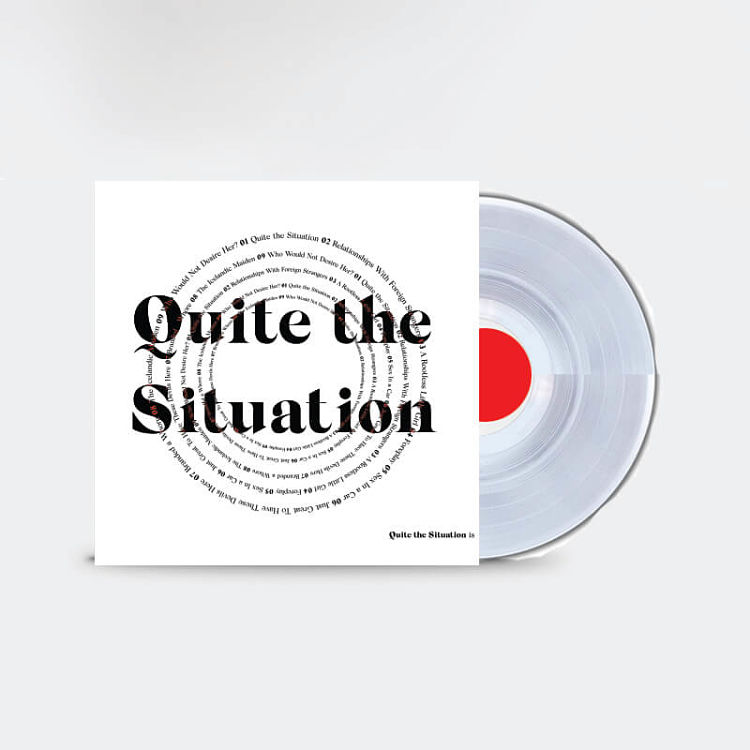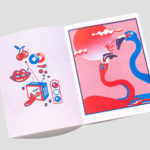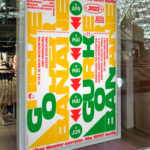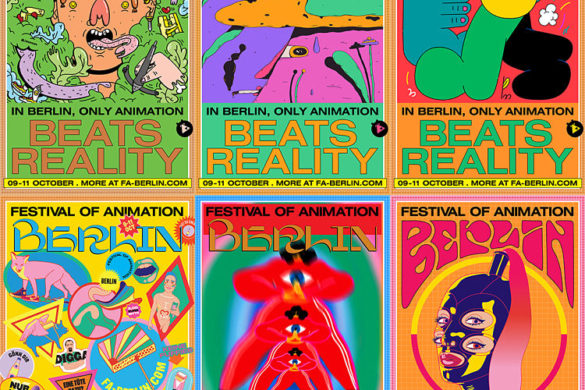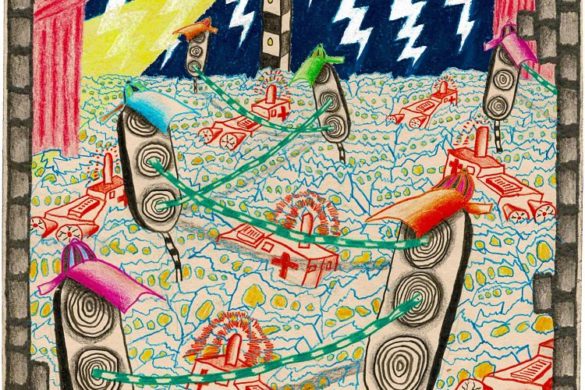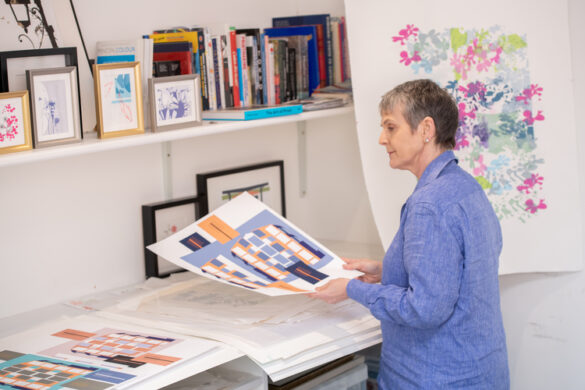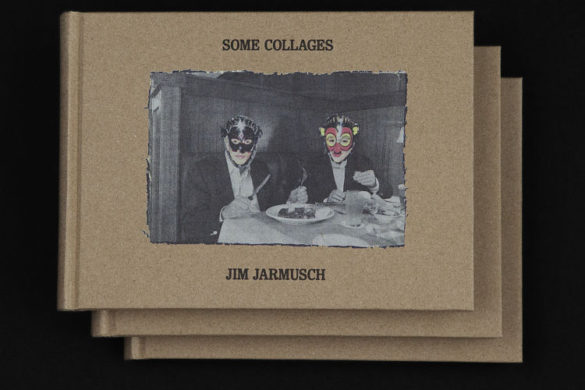We can’t really think of many records that can accurately be described as “an album, book and feminist critique” – and which also take the form of an augemented-reality app. We also can’t think of too many musicians that are truly competent in creating all those aspects while also doing their own graphic design, and taking care of that element with such a flair for typography and wonky minimalism.
Enter Inki, the multidisciplinary Icelandic artist who’s proven to be the ultimate 21st century Renaissance woman. Known to her parents and the postman as Ingibjörg Friðriksdóttir, Inki’s work is all somehow connected to music, but varies from installations to self-playable instruments, acoustic and electronic compositions, and multimedia scores for film, podcasts, radio, and more.
Her album, Quite The Situation, was released in May this year as that aforementioned combiation of LP, book and “feminist historical critique”, elements that were all brought togerther by an AR app called Artivive and a Spotify-connected NFC chip (NFC stands for near-field communication, and allows phones, tablets, laptops, and other devices to share data with other NFC-equipped devices within a range of four inches).
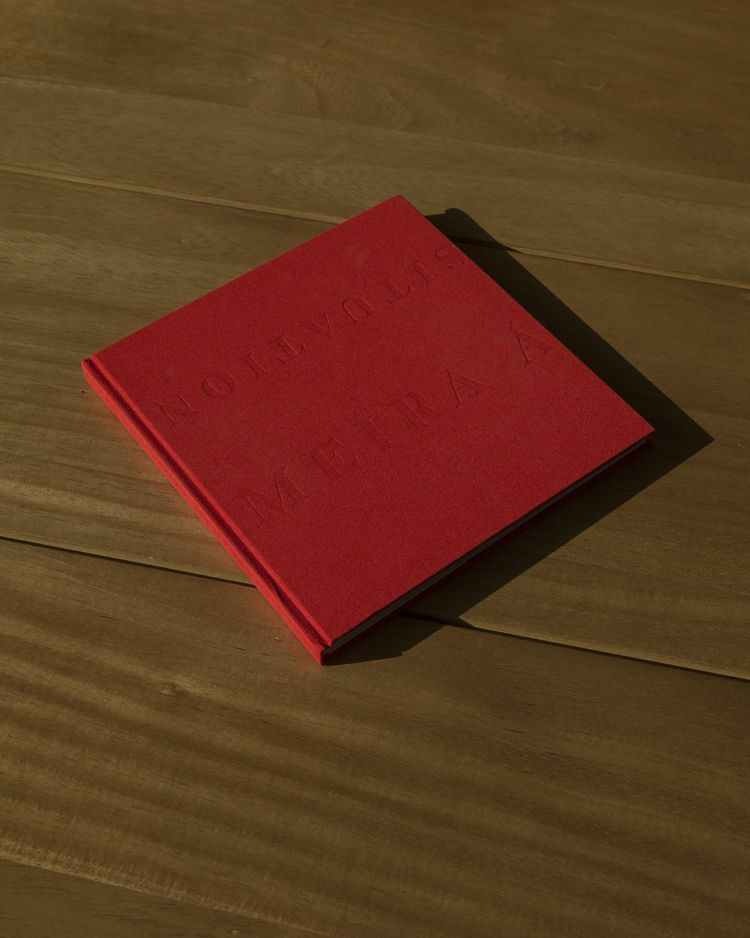
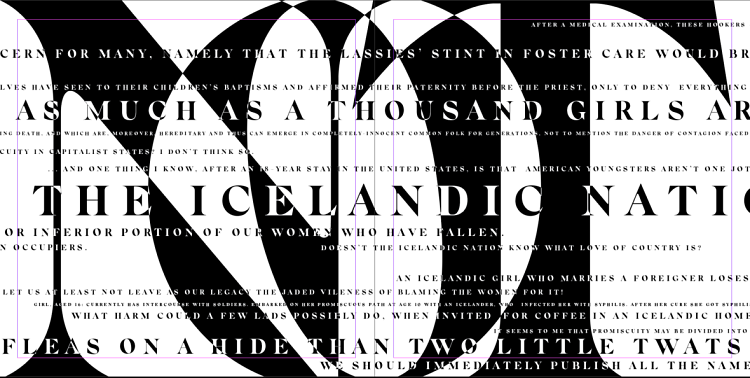 “I feel each medium and the technology aspects of this piece add a new perspective. I’m so tuned into being a composer that I think that practice has a lot of effect on how I go about creating,” says Inki. “Composing is all about events on a timeline, so even the book work that usually would be seen as static object, has transformed into something that lives, breathes and interacts with whoever picks it up.”
“I feel each medium and the technology aspects of this piece add a new perspective. I’m so tuned into being a composer that I think that practice has a lot of effect on how I go about creating,” says Inki. “Composing is all about events on a timeline, so even the book work that usually would be seen as static object, has transformed into something that lives, breathes and interacts with whoever picks it up.”
Further proving her deftness across multiple media, Inki also realised the album project as an installation for Reykjavik Arts Festival in mid-June. This piece saw the book become a piece of music, which went on to become “a wordless conversation” in which sound, text, video and other visuals merged to form an experience that aimed to be both humorous and thought-provoking.
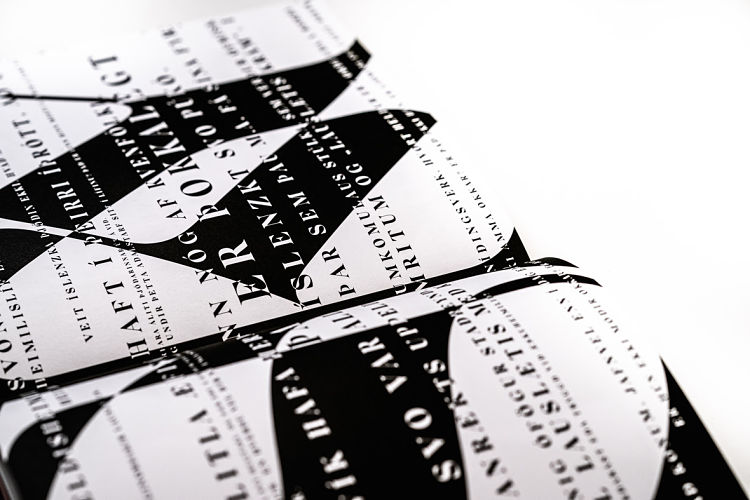
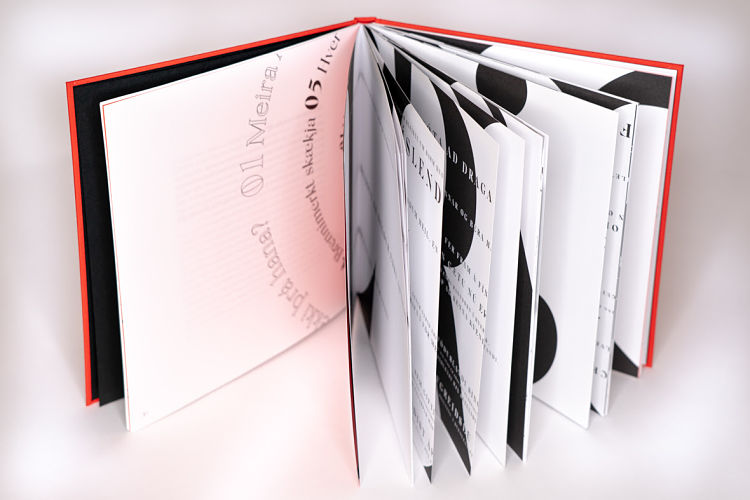 Across all its various formats, Quite The Situation examines history and uncovers its inherent misogynies. Its name is taken from the historical term ‘The Situation’, which described the US and UK occupation of Reykjavík during World War Two. Taking this point in time as a starting point, Quite The Situation expands into an examination of the female experience today, focused around the central question “How will we see the current conversation about female sexuality 80 years from now?”
Across all its various formats, Quite The Situation examines history and uncovers its inherent misogynies. Its name is taken from the historical term ‘The Situation’, which described the US and UK occupation of Reykjavík during World War Two. Taking this point in time as a starting point, Quite The Situation expands into an examination of the female experience today, focused around the central question “How will we see the current conversation about female sexuality 80 years from now?”
The book, like the album, uses a striking red cover with debossed type and an aesthetic that hints at both historical significance in its wide-spaced lettering and cloth-like materials but also a very contemporary urgency with its minimalism and embedded tech.
 The book connects to the Artivive app to bring it to life: when the phone is held over its first page, the album starts playing to accompany the introductory interview with Madame Vígdís Finnbogadóttir, the world’s first democratically elected female president. As viewers go further through the book, the sentences flow across its pages thanks to the accompanying AR capacity. Archival material appears as the album moves through its nine instrumental tracks.
The book connects to the Artivive app to bring it to life: when the phone is held over its first page, the album starts playing to accompany the introductory interview with Madame Vígdís Finnbogadóttir, the world’s first democratically elected female president. As viewers go further through the book, the sentences flow across its pages thanks to the accompanying AR capacity. Archival material appears as the album moves through its nine instrumental tracks.
This presents an interesting dichotomy for those invested in the physical, designed products that accompany music releases as much as they are in the sounds: the format of the book means it can’t be ‘read’ from start to finish, but becomes linear when augmented digitally.
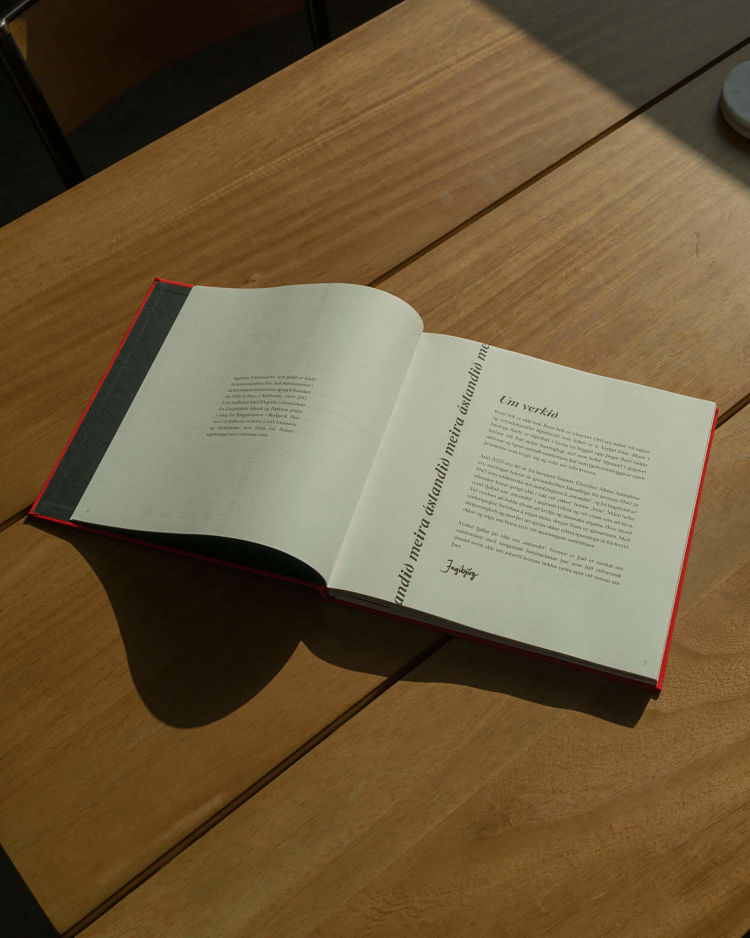
 The book’s design uses typography as illustrations and graphic devices, with letterforms often appearing as vast forms that arc over double page spreads, as well as in more conventional text chunks. A rather formal, yet contemporary-looking serif font is set in black against white pages, making for a striking look with the red covers.
The book’s design uses typography as illustrations and graphic devices, with letterforms often appearing as vast forms that arc over double page spreads, as well as in more conventional text chunks. A rather formal, yet contemporary-looking serif font is set in black against white pages, making for a striking look with the red covers.
The text material displayed in the book and by the Artivive app (in both English and Icelandic) is comprised of sentences from newspaper articles and public letters written by Icelanders between 1940 – 1945 during World War Two about Icelandic women‘s relationship with US/UK soldiers. During this time 30,000 US and British soldiers were stationed on the Nordic island to act as a northerly outpost against invasion by the Nazis, almost doubling the local population of Reykjavík to 68,000.
There was much gossip, to put it mildly – more accurately, judgement and moral outrage – about the relationships that naturally emerged between locals and the English and American soldiers that were stationed there. The names of the album tracks are all taken from sentences from these articles.
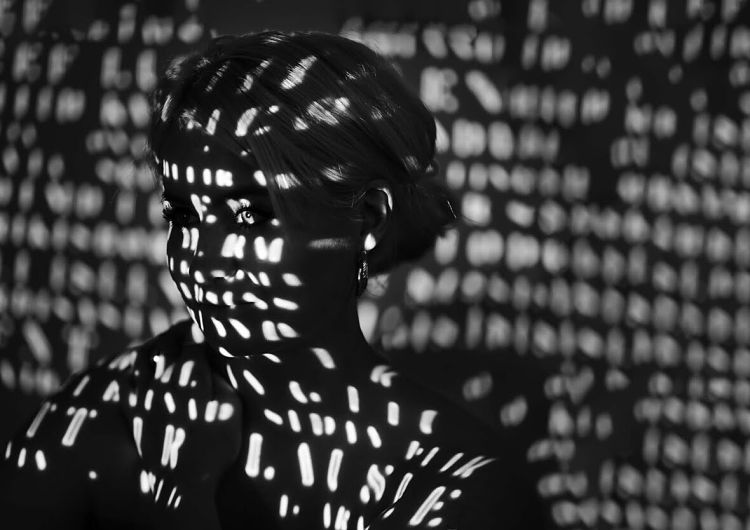 “This book is not a book. This book is a musical composition,” says Inki. “It is designed like a composer writes music. The piece is quiet at first but as more voices start to play it becomes louder. It plays a familiar tune that has sounded through centuries and questions our current conversation about female sexuality.”
“This book is not a book. This book is a musical composition,” says Inki. “It is designed like a composer writes music. The piece is quiet at first but as more voices start to play it becomes louder. It plays a familiar tune that has sounded through centuries and questions our current conversation about female sexuality.”
She adds, “It‘s a conversation about the present, using the language of the past.”
You might like...
- Autobahn - November 26, 2021
- Alphabetical - November 12, 2021
- SOFA Universe - November 8, 2021

